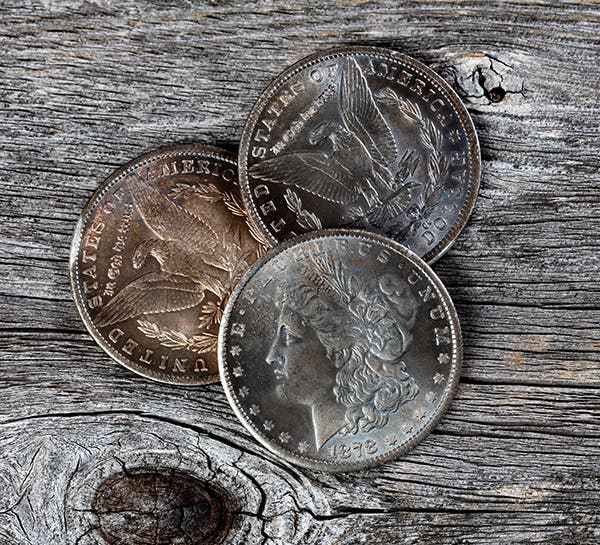1926-D Standing Liberty Quarter
Information and prices do not always agree. It is not often that there is confusion, but the 1926-D Standing Liberty quarter may be one of those few cases. It is…
Information and prices do not always agree. It is not often that there is confusion, but the 1926-D Standing Liberty quarter may be one of those few cases.
It is worth remembering that the 1926-D came along just after the date on the Standing Liberty quarter was recessed in 1925. The dates prior to 1925 are uniformly much tougher in lower circulated grades because they would lose their dates before getting to these low grades.
Dates made after 1925 had a much better chance of being readable. This helps explain why the VG-8 price of a 1926-D, which had a mintage of just 1,716,000, is $15. This is well below other larger-mintage dates. They lost their dates while the 1926-D generally did not, so it is less expensive despite a far lower mintage.
The Mint State situation depends on collectors and dealers saving coins as they are released. There was no large-scale saving of new quarters, and the below-average mintage of the 1926-D didn’t change that. For a Standing Liberty quarter, the 1926-D mintage was actually not that low since mintages under 2 million were quite routine.
Through the 1920s, however, some would save new rolls each year. The belief is that there were more rolls of the 1926-D saved than usual. In his book, American Coin Treasures and Hoards, Q. David Bowers says, “Of all quarter dollars of this design type, more 1926-Ds were set aside as bank-wrapped rolls than were any others.”
Bowers explains that by now all such quantities have been dispersed, so the possible presence of rolls or other numbers still to hit the market can be discounted.
The Bowers observation is interesting, especially in light of the current Mint State prices of the 1926-D. The 1926-D currently lists for $215 in MS-60 and $500 in MS-65. These lower-than-expected prices suggest that there were more original rolls than other dates, especially when the low mintage is factored in.
In MS-65 with a full head, however, the 1926-D is suddenly a $25,000 coin. That, at least, is among the most expensive Standing Liberty quarters in the grade. We appear to have a date that is generally available, except with a full head, then it suddenly becomes extremely tough.
The Numismatic Guaranty Company tends to confirm that as being precisely the case. In Mint State, the 1926-D is not that tough with more than 225 seen in MS-65 or better. When it is in MS-65 and with a full head, the total drops to just eight. The Professional Coin Grading Service reports 127 in MS-65 or better but only 26 in MS-65 or better with a full head.
Even though this date was more heavily saved, people could not save coins that did not exist. The 1926-D with full head rarely existed, explaining today’s situation where it is more available than most in all grades until a full head is required, then it is scarce.








